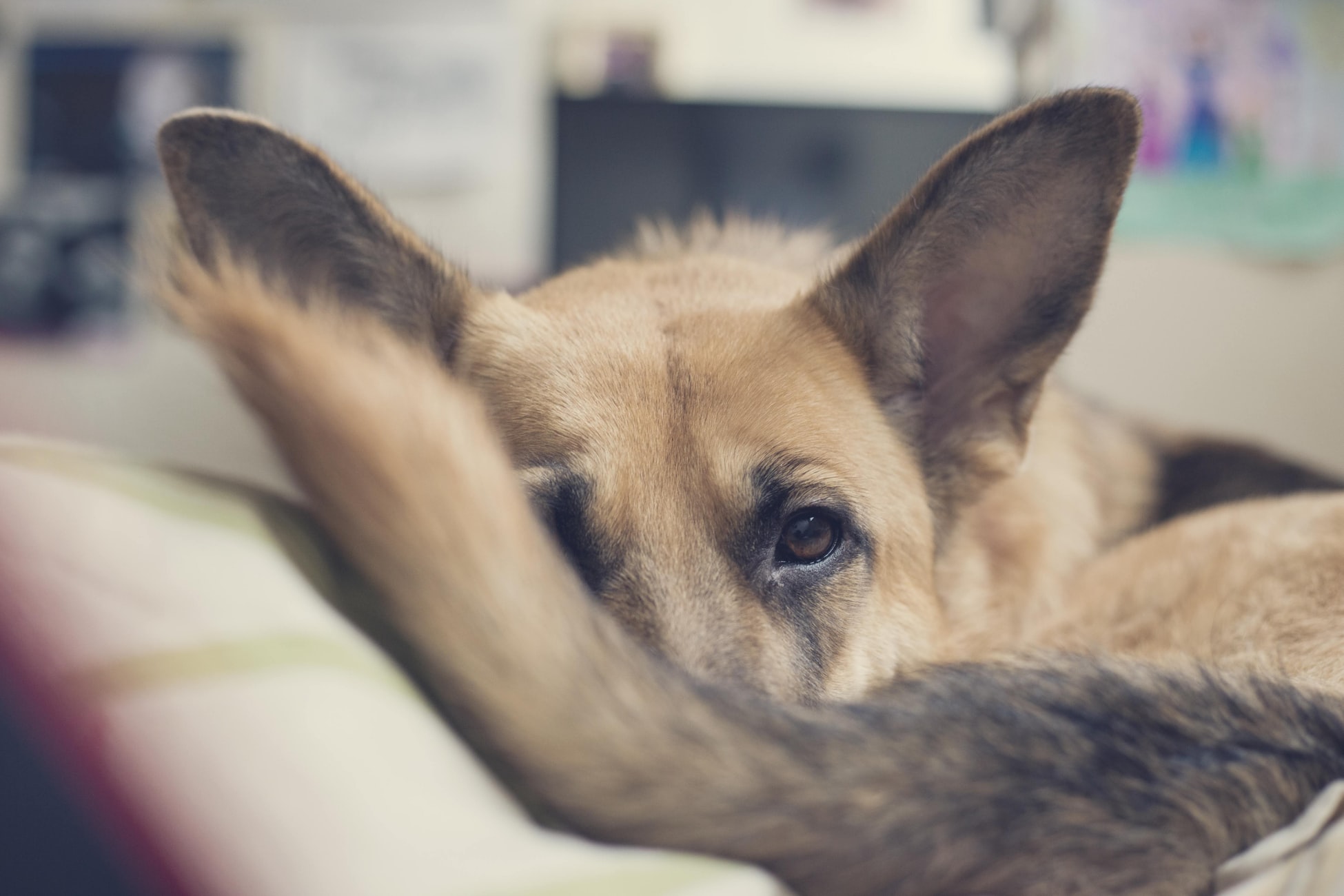Dogs are beloved companions and members of our families. Just like humans, dogs experience a range of emotions, including grief. Dogs can grieve when they lose a loved one, whether it’s another pet or a human family member. Understanding how dogs grieve can help pet owners provide the support and care their furry friends need during difficult times. Here’s what you need to know about how dogs grieve.
- Dogs experience loss
Dogs form strong bonds with their owners and other pets in the household. When a pet or human family member dies, dogs can experience grief and loss. They may exhibit a range of behaviors, including changes in appetite, lethargy, and increased neediness or anxiety.
- Dogs may exhibit different grieving behaviors
Dogs can exhibit a variety of behaviors when they are grieving. Some dogs may become more clingy and seek more attention from their owners. Others may withdraw and seem less interested in activities they once enjoyed. Some dogs may also become more vocal or restless.
- Dogs may mourn for a long time
The grieving process can be different for every dog. Some dogs may exhibit signs of grief for just a few days or weeks, while others may mourn for months. It’s important to be patient and understanding with your dog during this time.
- Dogs may experience secondary grief
Dogs can also experience secondary grief when a human family member is grieving. Dogs are sensitive to their owners’ emotions and can pick up on their grief and sadness. They may exhibit behaviors like decreased appetite, lethargy, and increased neediness or anxiety in response to their owners’ emotions.
- Dogs need support during the grieving process
Just like humans, dogs need support and comfort during the grieving process. Pet owners can provide this support by spending extra time with their dog, offering comfort through physical touch, and providing their dog with plenty of love and attention.
- Dogs may benefit from professional support
In some cases, dogs may benefit from professional support during the grieving process. This could include working with a veterinarian or animal behaviorist to address any underlying issues or provide additional support and care.
- Time heals all wounds
The grieving process can be difficult for both humans and dogs, but time can help to heal all wounds. With patience, understanding, and support, dogs can eventually learn to adjust to life without their loved ones.
In conclusion, dogs can experience grief and loss just like humans. It’s important for pet owners to understand how dogs grieve and to provide their furry friends with the support and care they need during difficult times. By being patient, understanding, and offering plenty of love and attention, pet owners can help their dogs navigate the grieving process and eventually adjust to life without their loved ones.









